#moesia
Text

1,700-Year-Old Roman Tombs Discovered in Bulgaria
A farmer in Bulgaria accidentally discovered two graves of a wealthy Roman-era family, but they appear to tell "a sad family story."
Two large graves discovered in northern Bulgaria likely tell "a sad family story" about wealthy Roman landowners whose child predeceased them in the third century A.D., archaeologists say.
In December 2023, a farmer unexpectedly found the graves while plowing his field in the village of Nova Varbovka. Because this region was a Roman province called Moesia in antiquity, archaeologists from the Veliko Tarnovo Regional Museum of History came to excavate the graves.
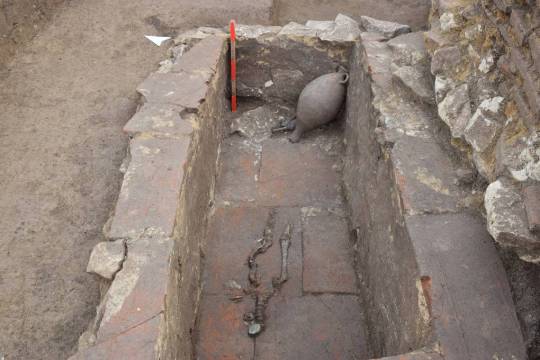
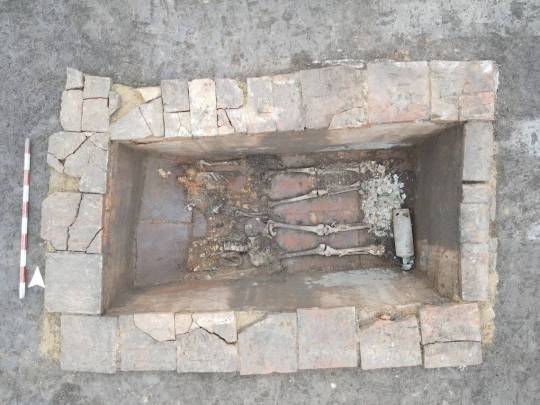
Both graves were built of brick, with plaster lining the walls and a large slab of limestone covering them. The larger of the two was roughly 10 feet (3 meters) long and contained the remains of two adults — a man and a woman who were both around 45 to 60 years old at death — buried with jewelry, coins, and ceramic and glass vessels.
The smaller grave, made somewhat earlier, contained the skeleton of a 2- to 3-year-old child and a rare bronze medallion depicting the Roman emperor Caracalla's (ruled A.D. 198 to 217) visit in A.D. 214 to Pergamon (also spelled Pergamum) in Asia Minor (modern-day Turkey), where he sought out the temple to Asclepius, the god of healing. Collectively, the two graves may represent a family's final resting place.
Some of the limestone from the graves appears to have come from a quarry near Nicopolis ad Istrum, a Roman and early Byzantine town founded by the emperor Trajan in the early second century. "This peculiarity and other indications make me think that the deceased are somehow related to the territory of Nicopolis ad Istrum," Kalin Chakarov, an archaeologist at the Veliko Tarnovo Regional History Museum, said in an email.

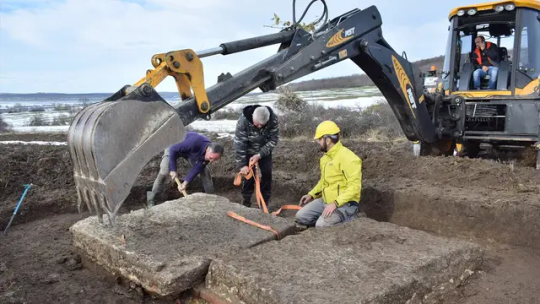

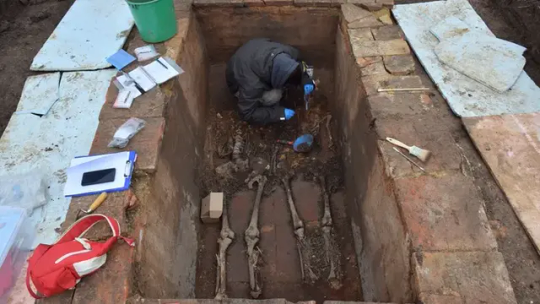
Chakarov, who excavated the burials along with colleagues Nedko Elenski and Mihaela Tomanova, noted that the Caracalla medallion could point to an Asia Minor origin for the occupants of the graves, which would be consistent with the fact that Nicopolis ad Istrum was built mainly by settlers from Asia Minor. "Of course, we are searching for an opportunity to make DNA and other analyses which our museum can't afford, to see if this hypothesis is correct," Chakarov said.
"The discovery of such tombs in the territory of Bulgaria is not a surprise, since the climate and soils are very good for growing agricultural crops," Ivan Tsarov, director of the Veliko Tarnovo Regional History Museum, said in an email. "Probably the tombs are of rich landowners," Tsarov said, since "it was the practice in Moesia Inferior for landowners to live in the warmer months of the year and be buried on their estates."
The artifacts discovered during the excavation are still being processed in the museum laboratory, where they are undergoing conservation and restoration, according to Tsarov. These include objects used during the deceased's lifetime, as well as those that would accompany them into the afterlife. In addition to jewelry made of glass beads and gold, there were six coins that dated to between A.D. 200 and 225, as well as a lamp, a leather shoe and several glass bottles, three of which were "lacrimaria," small flasks for collecting the tears of mourners.
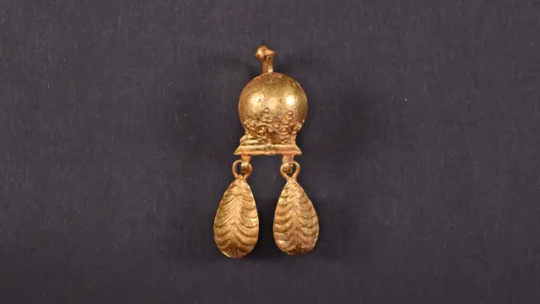
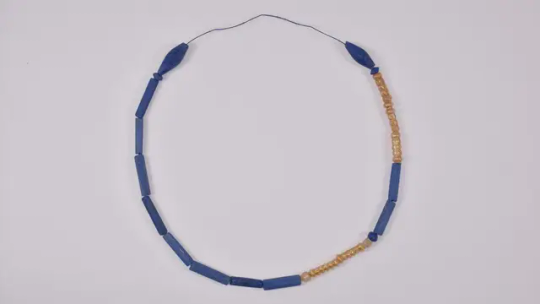
"I think that it is a sad family story from the first half of the 3rd century," Chakarov said. "A dead infant, buried by their parents, who had their last resting place on the same spot where they buried their child."
Chakarov plans to conduct work in the area to try to find where these people lived, which he thinks was likely close to this newly discovered cemetery.
By Kristina Killgrove.
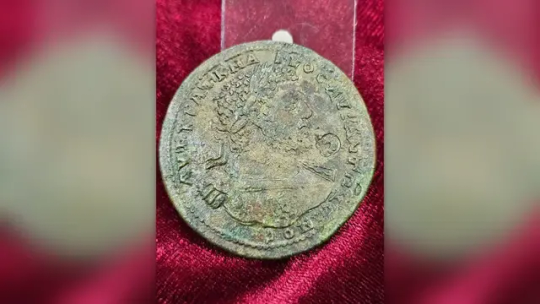
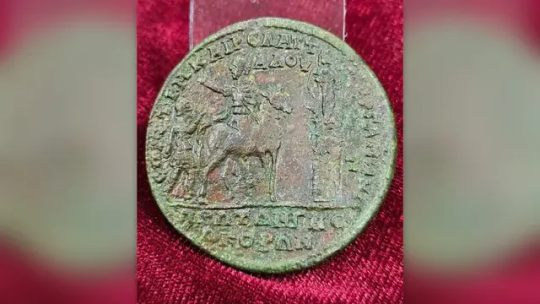
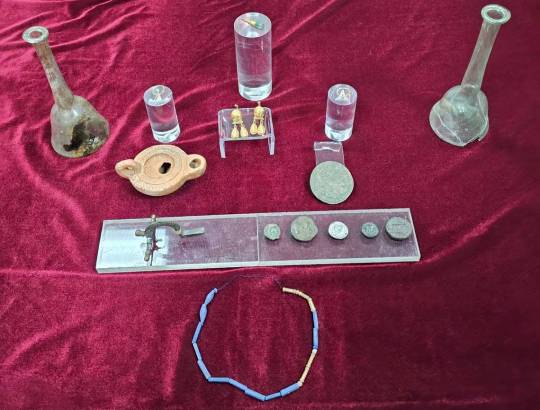
#1700-Year-Old Roman Tombs Discovered in Bulgaria#village of Nova Varbovka#Moesia#Emperor Caracalla#ancient grave#ancient tomb#ancient artifacts#archeology#archeolgst#history#history news#ancient history#ancient culture#ancient civilizations#roman history#roman empire
53 notes
·
View notes
Text
Archaeologists have made an extraordinary and ‘charming’ find at the Roman city of Viminacium in modern Serbia – a wind chime talisman incorporating a magical winged phallus.
16 notes
·
View notes
Text
Letture a Fiume IVᵃ edizione
Arrivo Aps, presenta:
Letture a Fiume IVᵃ edizione
Bosco didattico di Ponte Felcino, lungo il fiume Tevere
Ingresso vicino all’ostello
sabato 18 maggio 2024 dalle 13h30
Dopo Ponte San Giovanni, Pretola e Ponte Felcino, vista l’accoglienza trovata, quest’anno Arrivo Aps ha scelto di nuovo il bosco didattico per “Letture a fiume”, un evento che è innanzitutto spazio di incontro e…
View On WordPress
#arrivo aps#associazionismo#bosco#bosco didattico#cultura#fiume#letture#letture pubbliche#live painting#MOESIA#natura#Nicola Castellini#Perugia#poesia#ponte felcino#scrittura#volontariato
0 notes
Text
Casada tesuda mostra a buceta pro comedor
Fuckin this thot bitch in da trap
فضيحة جعفر حسن يمارس العادة السرية أمام الكاميرا مع فيديو ممتلة سكس اسرائلية
Big Boobs Indian MILF mom got her pussy fucked by old man
Schoolboys in uniform gay sex his forearms and soles roped down and
Comendo a novinha inocente
Busty Christie Stevens POV anal
Naked fat straight guy gay xxx Public gay sex
she said she is a virgin
شاب ينيك اخته سكس محارم
#antibacchius#nelsonite#preadjectival#Malinta#osteome#ungot#Moesia#springily#lutes#derats#Un-siberian#dicalcic#tablement#chaos#paranephritic#uncondemning#construction#Khoikhoi#kemb#dispended
0 notes
Text
“Plena Mente”: Livro de Renata Moesia ajuda o leitor a transcender bloqueios e restaurar a harmonia
“Plena Mente”: Livro de Renata Moesia ajuda o leitor a transcender bloqueios e restaurar a harmonia
A fundadora da Soul Equilibre e Doutora em Hipnose e Regressão, Renata Moesia, está lançando seu primeiro livro, o “Plena Mente”. Nele, ela escreve para quem tem o interesse em se programar positivamente, com técnicas e estratégias embasadas nos saberes da auto-hipnose e física quântica.
“Para que possamos viver uma vida plena e feliz, nós precisamos sempre estar conectados com nós mesmos e com a…

View On WordPress
1 note
·
View note
Text
“Plena Mente”: Livro de Renata Moesia ajuda o leitor a transcender bloqueios e restaurar a harmonia
“Plena Mente”: Livro de Renata Moesia ajuda o leitor a transcender bloqueios e restaurar a harmonia
A fundadora da Soul Equilibre e Doutora em Hipnose e Regressão, Renata Moesia, está lançando seu primeiro livro, o “Plena Mente”. Nele, ela escreve para quem tem o interesse em se programar positivamente, com técnicas e estratégias embasadas nos saberes da auto-hipnose e física quântica.
“Para que possamos viver uma vida plena e feliz, nós precisamos sempre estar conectados com nós mesmos e com a…

View On WordPress
0 notes
Text
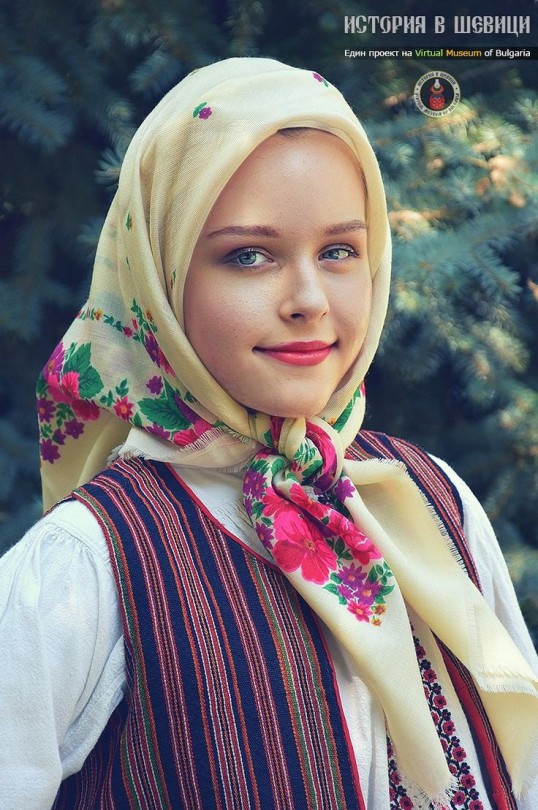

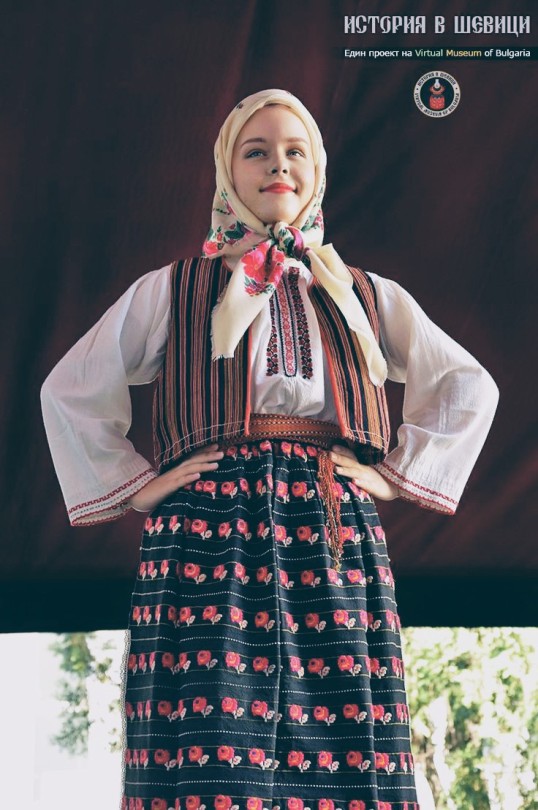
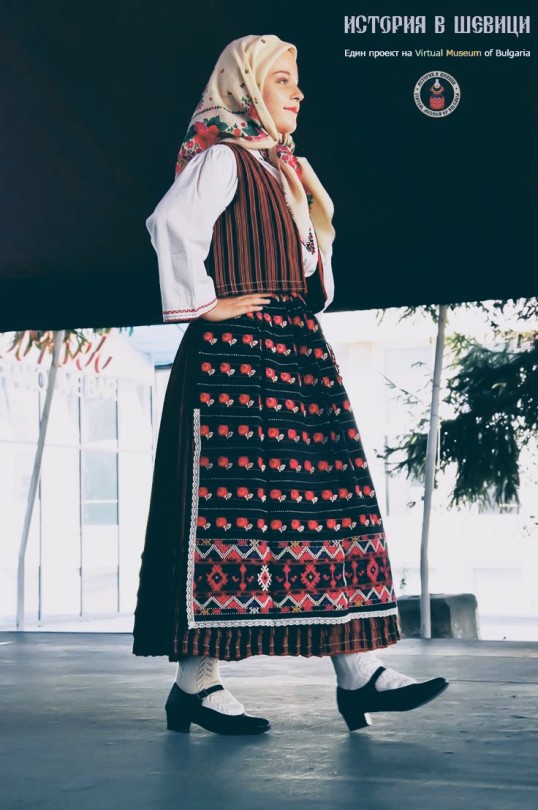
Bulgarian Catholic traditional clothing, Dragomirovo village, Svishtov province. | Носия на българи-католици от Букурещ, Румъния, завърнали се в България след Освобождението, понастоящем в с. Драгомирово, Свищовско.
Photos by Slavyan Stoyanov
2 notes
·
View notes
Text
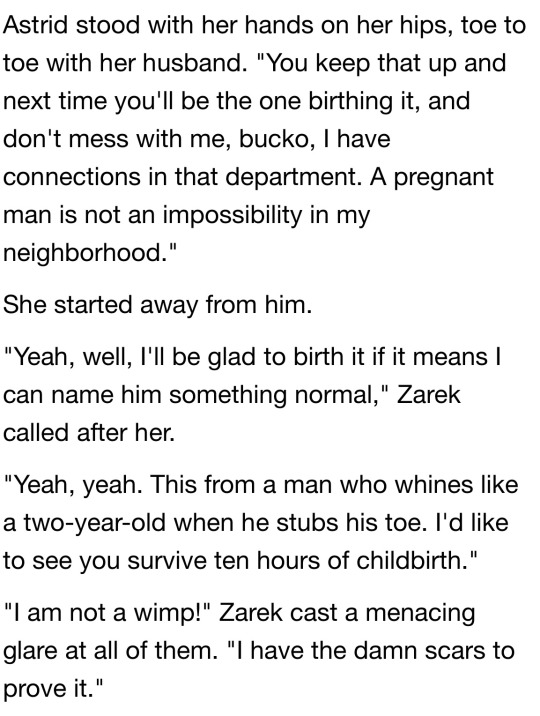
*chanting* trans trans trans trans
#kind of accepting there buddy#that's very transgender of him#what scars? huh bud?#top surgery?#coochie scars?#zarek of moesia#?#more like zarek of transgenderia#make him trans sherrilyn#do it
10 notes
·
View notes
Text
Roman Limes
Limes means road – originally, it really was a road connecting border fortifications with each other. Over time, it began denoting a geographically shaped or fortified border. It is incorrect to use limes as a term for all borders of the Roman Empire, though the world will sometimes be used in such a manner as well. System of border fortifications fulfilled its functions generally from 1st until…
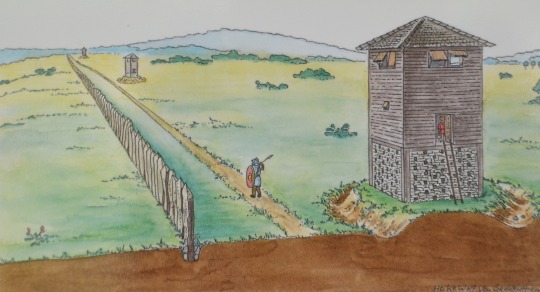
View On WordPress
#antonine wall#border wall#diocletians limes#hadrians wall#late roman limes#limes#limes africanus#limes alutanus#limes arabicus#limes britannicus#limes dacicus#limes germanicus#limes moesiae#limes orientalis#limes transalutanus#roman#roman limes#trajans wall
0 notes
Text
Roman Limes
Limes means road – originally, it really was a road connecting border fortifications with each other. Over time, it began denoting a geographically shaped or fortified border. It is incorrect to use limes as a term for all borders of the Roman Empire, though the world will sometimes be used in such a manner as well. System of border fortifications fulfilled its functions generally from 1st until…
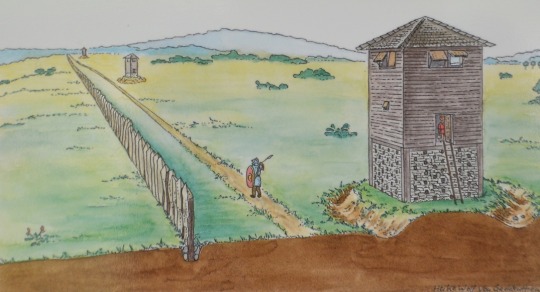
View On WordPress
#antonine wall#border wall#diocletians limes#hadrians wall#late roman limes#limes#limes africanus#limes alutanus#limes arabicus#limes britannicus#limes dacicus#limes germanicus#limes moesiae#limes orientalis#limes transalutanus#roman#roman limes#trajans wall
0 notes
Photo

Church architecture in Thrace and Moesia
Many and varied forms found their way into church architecture in Thrace and Moesia. In the first place, the extensive distribution of the Hellenistic basilica, with an ordinary saddle roof, should be noted. Such for instance was the one-apse basilica in the place known as Pirinch Tepe near Varna, with a narthex and a baptistry, the Sea Basilica in Mesambria, which had a narthex and three apses, and theoneat the village of Ovcharovo (Choban Dere),Turgovishte district, with an apse- shaped like a horse-shoe. The second type of basilica found in the Bulgarian lands are vaulted basilicas wither without cupolas. For instance, one of the basilicas in Hissarya (in the region of Levskigrad) and those at [he village of Golyamo Belyovo, Pasardjik district, the Elenska Church (Church of the Stag) near Pirdop and some others, are of this sort. Most interesting are single-nave cruciform churches, built in the 5th and 6th centuries, which are of one type, although they show considerable differences; their origin should be sought for in the East.
Village of Ivanyane
Churches of this kind have been found at the village of Ivanyane, near Sofia , and at the village of Tsurkvishte (Klisse Keui), near Pirdop. It is accepted that the cruciform plan of these churches has influenced the plan of the above- mentioned Church of St. Sophia in Sofia. This is one of the best preserved churches, and is a remarkable example of early Christian architecture in Bulgaria. It is a basilica with a cupola, nave and two aisles which, besides the narthex has a transept guided istanbul tours, placed in front of the apse; together with the nave this forms a cross, inscribed within the plan of the church. St. Sophia is distinguished by its harmonious and balanced form, as well as by the simple, but expressive lines of its silhouette.
Actually, it dates to the beginning of a new period. Finally, the church at Djanavar Tepe, near Varna, is more unusual in plan, with its single nave and interior apse, the four square divisions at the side of the altars and the small narthex. At the end of this period, with which late antiquity comes to an end in our lands, we find the imposing ruins of the so-called Red Church near Peroushtitsa, which is one of the most monumental representatives of church architecture in the pre-Bulgarian period. A central building with a dome which was supported by four pilasters, connected four conches on the south and north sides, joined by a semicircular corridor, with a double narthex on the west side. Flere too we see the continuation of certain forms of Roman mausoleum architecture, interpreted in a new way, of course, and adapted to the requirements of the Christian cult.
0 notes
Photo
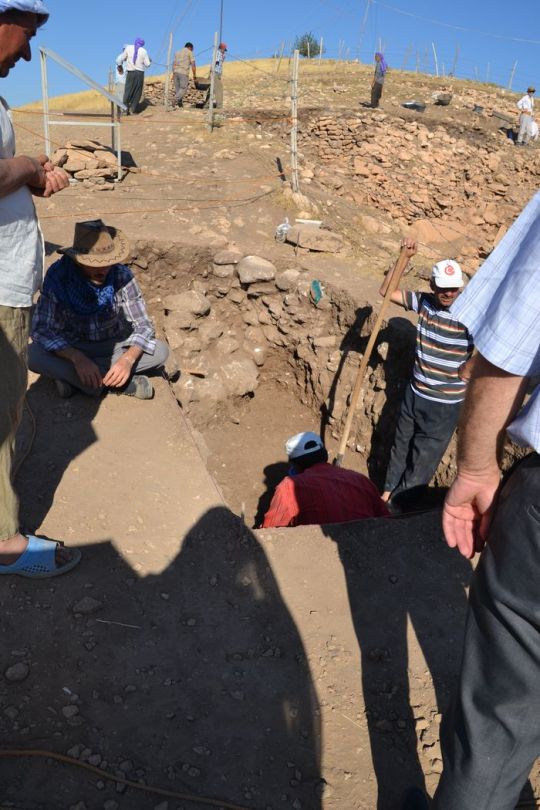
Church architecture in Thrace and Moesia
Many and varied forms found their way into church architecture in Thrace and Moesia. In the first place, the extensive distribution of the Hellenistic basilica, with an ordinary saddle roof, should be noted. Such for instance was the one-apse basilica in the place known as Pirinch Tepe near Varna, with a narthex and a baptistry, the Sea Basilica in Mesambria, which had a narthex and three apses, and theoneat the village of Ovcharovo (Choban Dere),Turgovishte district, with an apse- shaped like a horse-shoe. The second type of basilica found in the Bulgarian lands are vaulted basilicas wither without cupolas. For instance, one of the basilicas in Hissarya (in the region of Levskigrad) and those at [he village of Golyamo Belyovo, Pasardjik district, the Elenska Church (Church of the Stag) near Pirdop and some others, are of this sort. Most interesting are single-nave cruciform churches, built in the 5th and 6th centuries, which are of one type, although they show considerable differences; their origin should be sought for in the East.
Village of Ivanyane
Churches of this kind have been found at the village of Ivanyane, near Sofia , and at the village of Tsurkvishte (Klisse Keui), near Pirdop. It is accepted that the cruciform plan of these churches has influenced the plan of the above- mentioned Church of St. Sophia in Sofia. This is one of the best preserved churches, and is a remarkable example of early Christian architecture in Bulgaria. It is a basilica with a cupola, nave and two aisles which, besides the narthex has a transept guided istanbul tours, placed in front of the apse; together with the nave this forms a cross, inscribed within the plan of the church. St. Sophia is distinguished by its harmonious and balanced form, as well as by the simple, but expressive lines of its silhouette.
Actually, it dates to the beginning of a new period. Finally, the church at Djanavar Tepe, near Varna, is more unusual in plan, with its single nave and interior apse, the four square divisions at the side of the altars and the small narthex. At the end of this period, with which late antiquity comes to an end in our lands, we find the imposing ruins of the so-called Red Church near Peroushtitsa, which is one of the most monumental representatives of church architecture in the pre-Bulgarian period. A central building with a dome which was supported by four pilasters, connected four conches on the south and north sides, joined by a semicircular corridor, with a double narthex on the west side. Flere too we see the continuation of certain forms of Roman mausoleum architecture, interpreted in a new way, of course, and adapted to the requirements of the Christian cult.
0 notes
Photo
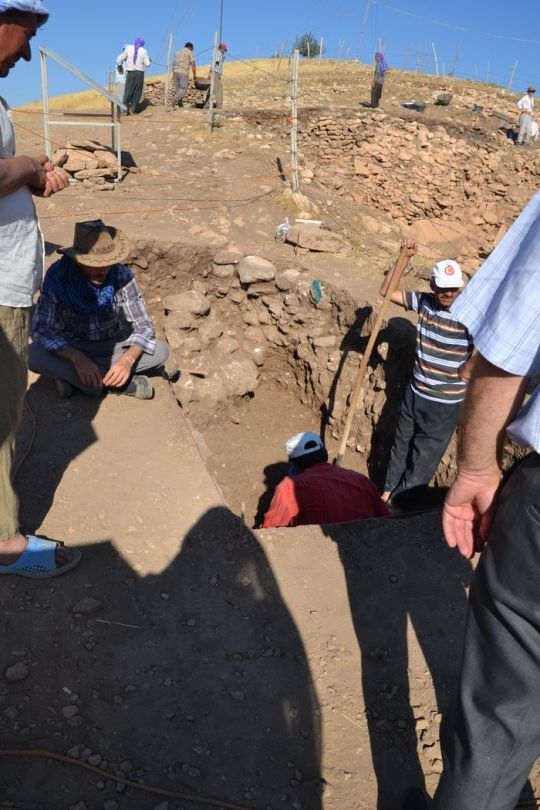
Church architecture in Thrace and Moesia
Many and varied forms found their way into church architecture in Thrace and Moesia. In the first place, the extensive distribution of the Hellenistic basilica, with an ordinary saddle roof, should be noted. Such for instance was the one-apse basilica in the place known as Pirinch Tepe near Varna, with a narthex and a baptistry, the Sea Basilica in Mesambria, which had a narthex and three apses, and theoneat the village of Ovcharovo (Choban Dere),Turgovishte district, with an apse- shaped like a horse-shoe. The second type of basilica found in the Bulgarian lands are vaulted basilicas wither without cupolas. For instance, one of the basilicas in Hissarya (in the region of Levskigrad) and those at [he village of Golyamo Belyovo, Pasardjik district, the Elenska Church (Church of the Stag) near Pirdop and some others, are of this sort. Most interesting are single-nave cruciform churches, built in the 5th and 6th centuries, which are of one type, although they show considerable differences; their origin should be sought for in the East.
Village of Ivanyane
Churches of this kind have been found at the village of Ivanyane, near Sofia , and at the village of Tsurkvishte (Klisse Keui), near Pirdop. It is accepted that the cruciform plan of these churches has influenced the plan of the above- mentioned Church of St. Sophia in Sofia. This is one of the best preserved churches, and is a remarkable example of early Christian architecture in Bulgaria. It is a basilica with a cupola, nave and two aisles which, besides the narthex has a transept guided istanbul tours, placed in front of the apse; together with the nave this forms a cross, inscribed within the plan of the church. St. Sophia is distinguished by its harmonious and balanced form, as well as by the simple, but expressive lines of its silhouette.
Actually, it dates to the beginning of a new period. Finally, the church at Djanavar Tepe, near Varna, is more unusual in plan, with its single nave and interior apse, the four square divisions at the side of the altars and the small narthex. At the end of this period, with which late antiquity comes to an end in our lands, we find the imposing ruins of the so-called Red Church near Peroushtitsa, which is one of the most monumental representatives of church architecture in the pre-Bulgarian period. A central building with a dome which was supported by four pilasters, connected four conches on the south and north sides, joined by a semicircular corridor, with a double narthex on the west side. Flere too we see the continuation of certain forms of Roman mausoleum architecture, interpreted in a new way, of course, and adapted to the requirements of the Christian cult.
0 notes
Text
Arrivo In Festa
E’ da un pò che non ci sentiamo, come va? Qui dalle nostre parti a gonfie vele, con vento leggero e piacevole.
Primaverile.
E’ con delicatezza che vi invitiamo all’evento Arrivo InFesta
link facebook:
https://www.facebook.com/events/1618199712264643
per chi non ha facebook condividiamo le seguenti informazioni:
il giorno di venerdì 29 marzo dalle ore 19:30
aperitivo con intro a cura di…

View On WordPress
0 notes
Photo
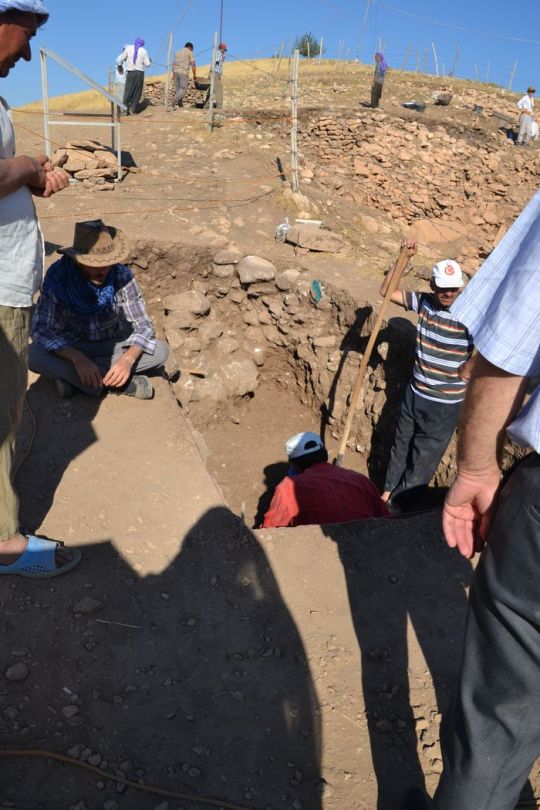
Church architecture in Thrace and Moesia
Many and varied forms found their way into church architecture in Thrace and Moesia. In the first place, the extensive distribution of the Hellenistic basilica, with an ordinary saddle roof, should be noted. Such for instance was the one-apse basilica in the place known as Pirinch Tepe near Varna, with a narthex and a baptistry, the Sea Basilica in Mesambria, which had a narthex and three apses, and theoneat the village of Ovcharovo (Choban Dere),Turgovishte district, with an apse- shaped like a horse-shoe. The second type of basilica found in the Bulgarian lands are vaulted basilicas wither without cupolas. For instance, one of the basilicas in Hissarya (in the region of Levskigrad) and those at [he village of Golyamo Belyovo, Pasardjik district, the Elenska Church (Church of the Stag) near Pirdop and some others, are of this sort. Most interesting are single-nave cruciform churches, built in the 5th and 6th centuries, which are of one type, although they show considerable differences; their origin should be sought for in the East.
Village of Ivanyane
Churches of this kind have been found at the village of Ivanyane, near Sofia , and at the village of Tsurkvishte (Klisse Keui), near Pirdop. It is accepted that the cruciform plan of these churches has influenced the plan of the above- mentioned Church of St. Sophia in Sofia. This is one of the best preserved churches, and is a remarkable example of early Christian architecture in Bulgaria. It is a basilica with a cupola, nave and two aisles which, besides the narthex has a transept guided istanbul tours, placed in front of the apse; together with the nave this forms a cross, inscribed within the plan of the church. St. Sophia is distinguished by its harmonious and balanced form, as well as by the simple, but expressive lines of its silhouette.
Actually, it dates to the beginning of a new period. Finally, the church at Djanavar Tepe, near Varna, is more unusual in plan, with its single nave and interior apse, the four square divisions at the side of the altars and the small narthex. At the end of this period, with which late antiquity comes to an end in our lands, we find the imposing ruins of the so-called Red Church near Peroushtitsa, which is one of the most monumental representatives of church architecture in the pre-Bulgarian period. A central building with a dome which was supported by four pilasters, connected four conches on the south and north sides, joined by a semicircular corridor, with a double narthex on the west side. Flere too we see the continuation of certain forms of Roman mausoleum architecture, interpreted in a new way, of course, and adapted to the requirements of the Christian cult.
0 notes
Photo

MOESIA AND THRACE IN THE PERIOD OF ROMAN RULE
A number of towns were founded in Moesia and Thrace in the period of Roman rule; some of them grew out of the civilian settlements around the Roman camps on the Danube at Ratiaria (Archar), Almus (Lorn), Oescus (Ghighen), Novae (near Svishtov), and Durostorum (Silistra); others developed on the site of former Thracian settlements at important crossroads, near mineral springs and so on. Such are Martianopolis (Reka Devnya), Nicopolis ad Istrum in Moesia, Serdica (Sofia), Pautalia (Kyustendil), Augusta Trajana (Stara Zagora), Nicopolis ad Nestum (not far from the town of Gotse Delchev) and a number of other towns. Of the old towns in Thrace the Greek colonies along the Black Sea and Aegean coasts continued to exist, and so far as we know, in the interior — Philippopolis (Plovdiv), Cabyle (not far from the town of Yambol) and in Eastern Thrace — Uscudama (Hadrianopolis), Bizye and others. Roman rule was favourable to the development of urban life in both provinces.
Conditions were favourable here for the appearance of a considerable and wealthy landed aristocracy, based on exploitation of the population, mainly the peasantry; in the course of time this aristocracy included elements of a local origin within its ranks. This class, regardless of its ethnical origin, became the prop and mainstay of Roman rule, seeing in the latter a guarantee for its own prosperity. The entire history of Moesia and Thrace under Roman rule is one of constant struggle of the oppressed masses in the economic :sphere of the antique world in this period. They developed their productive forces still further, experienced a great cultural advance, and the predominance of the antique Graeco-Roman culture was fully established. Considered from the outside, the period of Roman domination was one of a great economic and cultural advance in the lands of the Balkan Peninsula travel bulgaria.
The prosperity which Roman domination
However, this was only one side of the matter. The prosperity which Roman domination brought here was the privilege of a minority only, viz. of the ruling class.True peace appeared to have set in, the pax Romana. But it was a peace which the cruel Roman military regime imposed by sheer force upon the broad strata of the population — the peasants, the small artisans and the slaves. Actually, here too, as in the remainder of the Empire, contradictions in the slave-owning society grew more and more acute; they caused great unrest in the country, and particularly from the 3rd century on were expressed in endless social and political revolts of the exploited, which merged with invasions of the peoples and tribes of the north and north-east.
A large part of the cities which sprang up in the period of Roman domination, continue their life to this day, having changed both their name and their aspect: Sofia, Kyustendil and so on. The remains of these cities lie deep under the present-day districts, and it is therefore very difficult to study them. There are other cities also, which had a shorter term of life; at the end of late antiquity they fell into decay, lost their importance, and the Middle Ages found them reduced to the status of small settlements.
0 notes